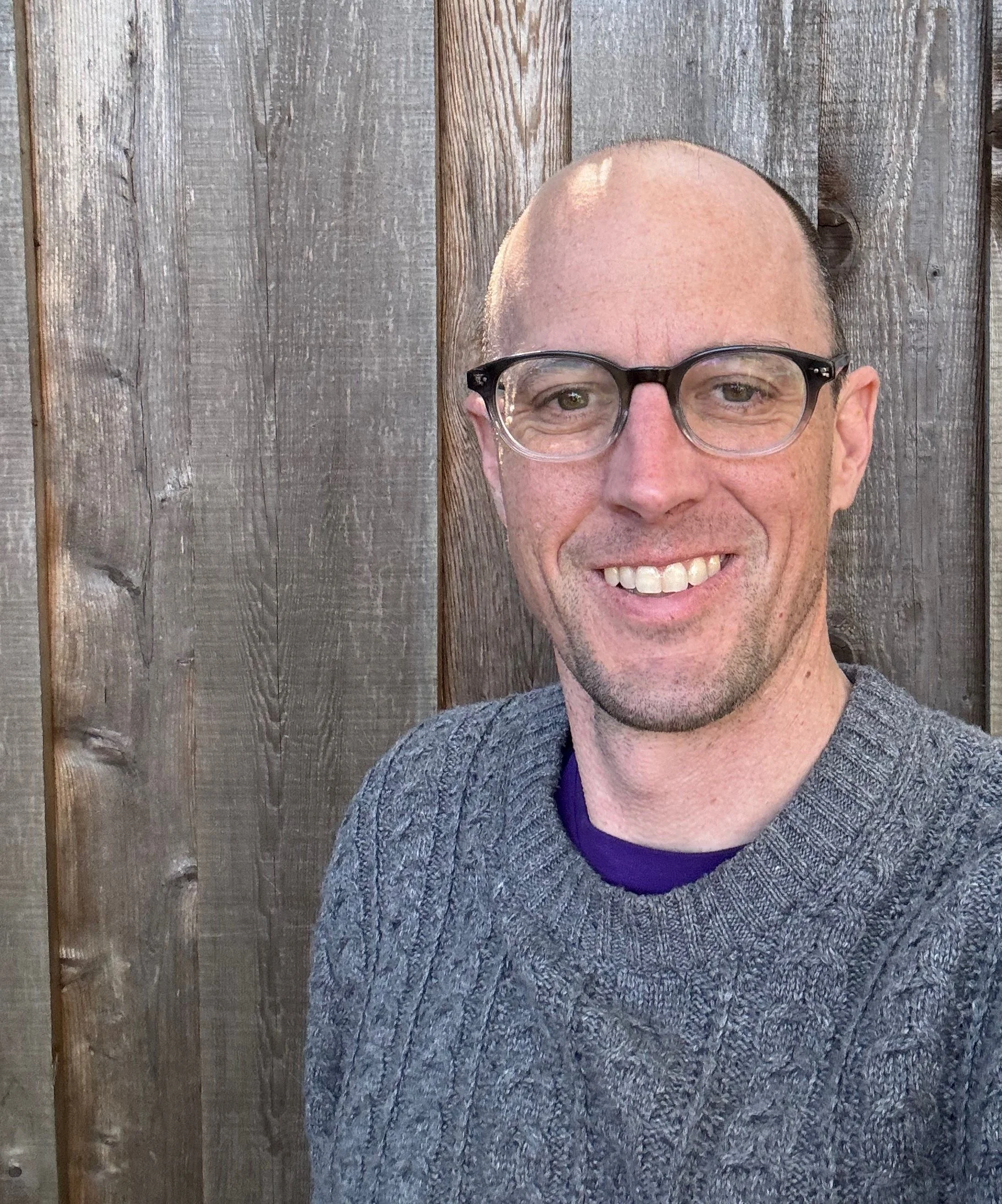July 2025
Oakland Students Repair District Chromebooks
In the spring of 2020 COVID 19 was closing schools, forcing a transition to distance learning. With little direction and less time to execute, schools were scrambling to provide each student with a computer and charger to take home, so they could keep learning. That meant dismantling their inventory control, storage and charging stations – Chromebook Carts – and distributing devices for what everyone hoped would be just a few weeks. It was a chaotic time, with everyone doing the best they could for students and families in the moment.
In the spring of 2021, almost a year later, we were preparing to return to in-class learning. Schools needed their hastily dismantled technology systems to be back in order before the start of the year. Chromebooks that had been sent home were to come back to school. Each had to be functional, updated, reintegrated into schools’ inventory and maintenance systems, and rewired into Chromebook Carts.
All the prior year’s frantic dismantling needed to be reversed. What condition were the Chromebooks in after 16 months of wear and tear at home? How would they all get loaded back into Chromebook Carts? The school district had purchased additional computers during the year – what should happen with those? These were the questions that were being asked in May of 2021.
Oakland Tech Repair’s Yarelin Espinoza rewires a Chromebook Cart. The Oaklandside, Ashley McBride, July 26, 2021. (Photo credit: Amir Aziz)
In the last few weeks of the virtual 2020/2021 school year an ambitious plan was created, one that would launch the OUSD Tech Repair Program. Using COVID-19 relief funds, the school district would hire high school students to travel from school to school, repairing broken computers, replacing outdated ones, salvaging usable parts, taking inventory, and restoring Chromebook Carts to working order. That first summer, 38 interns working in 5 teams visited the 81 schools in the district, while masked and social distancing, to make sure schools had the technology they needed to open in the fall. Over six weeks, students repaired 3,353 Chromebooks and rewired 13,320 into Chromebook Carts, supported the district’s overburdened IT department, and gained experience in computer repair.
Our 2021 OUSD Chromebook Reboot Summer Internship Supervisor Guidebook details that first year’s program: vision and goals, structure and schedule, logistics, work protocols, and more.
Since that first successful summer the program has evolved. After one more summer of students traveling from school site to school site, the summer internship was centralized. Instead of moving students around the district, the broken computers are brought to a central location for repair.
There are several advantages to having a central location. When the interns were moving among sites, if they ran out of certain parts, they couldn’t work and had to wait until someone could bring them more. This was especially tricky because different sites have different models of computers. Many interns took the bus from site to site. It was difficult for them to move around quickly, then, because it was summer, sometimes when they arrived at a site it would be locked, and they would have to wait until someone came to unlock the building and turn off the alarm.
These issues have been resolved by having one central location where the interns go every day. All the parts are there and it’s always open for the students.
Prem Pandian, Google Global Head of Strategic Initiatives and Partnerships, Liz Chamberlain, iFixit Director of Sustainability, and Oakland Tech Repair students at 2024’s Repair Independence Day. (Photo credit: Ben Lohrentz)
Over time the program has evolved to offer a more robust internship experience. In the first couple of years we were only focused on finishing repairs for the upcoming school year. Now interns also study for and receive an industry certification, the WISE Certification in Chromebook Repair. They gain hands-on technical experience and learn basic workplace skills – collaboration, commitment and communication. Students have toured industry sites and spoken with IT professionals from Amazon, Google, Tech Exchange, and the Oakland Unified School District. Students have been interviewed by the East Bay Times, The Oaklandside, KQED, Univision, and CBS Channel 5.
Today we average 15 summer and 10 school-year interns. Over the life of the program student interns have repaired more that 10,000 computers that otherwise would have ended up in the landfill, and saved the school district $2,400,000 at the same time. Students also aggressively salvage functional parts of irreparable devices, increasing district savings and decreasing e-waste yet more. Students have also done advocacy work to help extend the expiration date of Chromebooks and supported California’s 2024 Right to Repair legislation.
Establishing a student repair program is do-able for most schools or districts. While COVID forced us to start with a very large intern class, schools and districts can start with whatever size makes sense for their situation. It may just be a few students who are repairing computers teachers drop off, during a free period or after school, all the way up to something more ambitious like a district-wide summer program. Regardless of the scale, there are a few key considerations for making the logistics of an internship work, no matter the scale.
Have an organized way of keeping track of where the computers came from, so they get back to the right place.
Have someone support students getting started with basic repairs. Students will often train each other after the first few learn how to do things.
Have an organized parts inventory – it increases efficiency.
Have a way of tracking what’s been done and what job is next. Without this, once a number of devices are dropped off, the most recent ones can get fixed and sent back, while those that were dropped off earlier languish.
Every site will be a little different and nuanced, but keeping these in mind will be a good start.
More than just repairing computers and saving money, the experiences students have while working with Oakland Tech Repair have changed their mindsets. Nehemiah Cody told KQED, “This internship has opened a lot of doors for me. Anytime I see something broken I think I can fix it.”
Sam Berg is the Computer Science Coordinator for Oakland Unified School District. He was a classroom teacher for 13 years, including two years with Teach for America, before being charged with developing the middle school computer science program for Oakland Unified School District in California, USA. He now coordinates computer science curriculum and programs throughout the district, helping teachers build program levels, and explore robotics, tech repair, and other computer science-related subjects beyond the core curriculum. He established and continues to manage the Oakland Tech Repair Internship. Sam earned a Bachelor of Science degree in Computer Science at the University of Puget Sound, and a Master of Education degree at UCLA.





